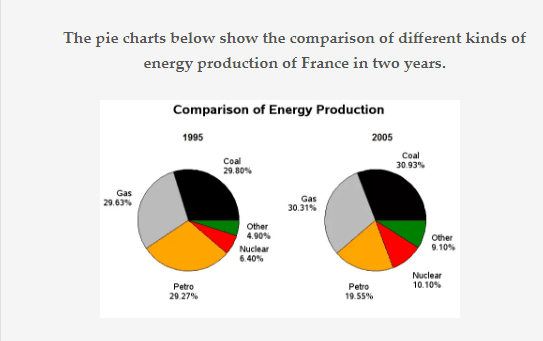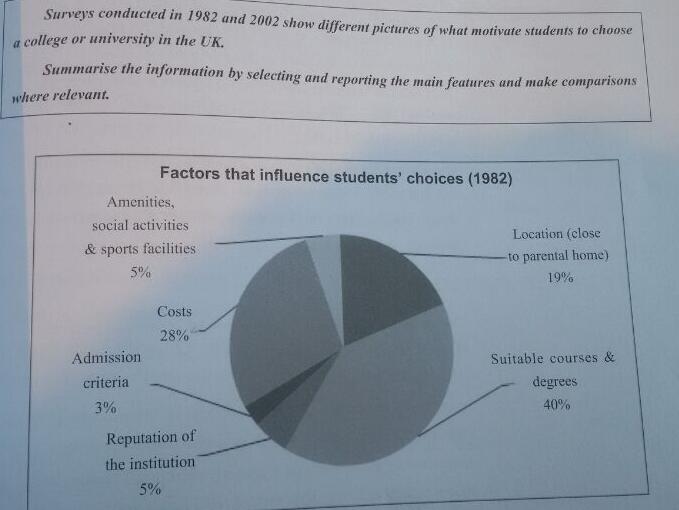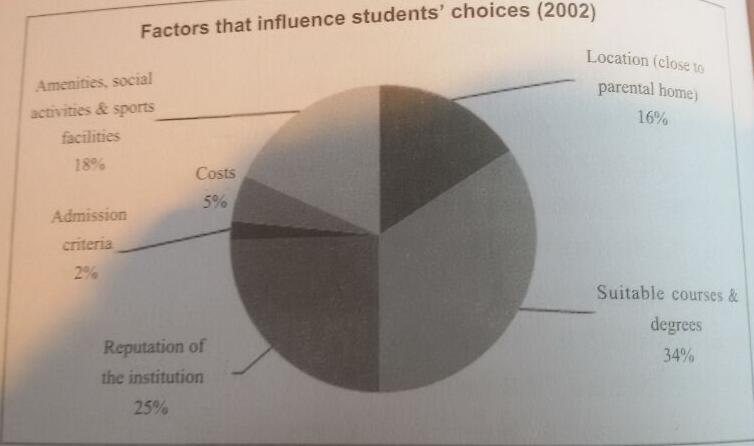LadyOfClockwork
Jul 22, 2017
Writing Feedback / IELTS Task 2: Saving or spend money [5]
@nguyet_nguyen
I don't recommend putting your personal opinion into the conclusion paragraph, because it cannot be laid out in one or two sentences. It deserves a well-developed paragraph of three to five sentences. And then a conclusion is written to summarize all the information and restate your opinion.
Personally, I think "money should be spent whenever it is available" is different from the necessary spending you listed in the second paragraph. You simply cannot buy food and drinks or pay housing rents. The money cannot be saved. I think "money should be spent whenever it is available" is more about how to deal with your disposable income.
@nguyet_nguyen
I don't recommend putting your personal opinion into the conclusion paragraph, because it cannot be laid out in one or two sentences. It deserves a well-developed paragraph of three to five sentences. And then a conclusion is written to summarize all the information and restate your opinion.
Personally, I think "money should be spent whenever it is available" is different from the necessary spending you listed in the second paragraph. You simply cannot buy food and drinks or pay housing rents. The money cannot be saved. I think "money should be spent whenever it is available" is more about how to deal with your disposable income.



